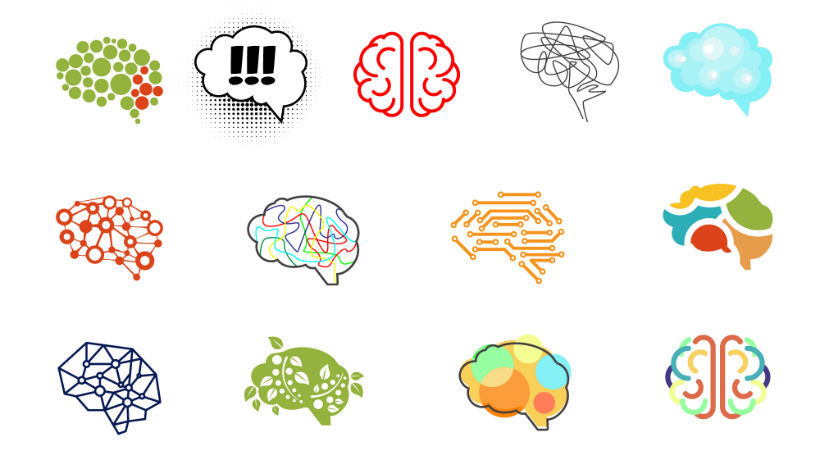Designing eLearning For The Pragmatic Learner
In epistemological terms, pragmatism defines the value of knowledge in how useful a tool it is for prediction, problem solving, or action. Implicit in this definition is the idea that learning is useful only so far as it gives the learner the ability to use their new knowledge/skills in the real world. As far as potential learners go, many approach learning various topics with a pragmatic view, whether they recognize it as such or not. Let’s take the example of an online course on project management. The "pragmatic learner" wants to get in –engage with the content enough that they can actually write a project plan– and then get out. This may be tough for some eLearning designers and Subject Matter Experts to hear, but these types of learners do not care about the history of project management, nor do they appreciate the five slides at the beginning of the course that list the learning objectives and how to use the previous/next buttons.
In Design For How People Learn, Julie Dirksen talks about motivation and the importance of understanding the learner so an Instructional Designer can tailor their course to match the needs of the learner. How can online learning experiences be set up to appeal to the pragmatic learner?
4 Reasons Why Microlearning Is Ideal For The Pragmatic Learner
One answer could be the microlearning approach, which has gained a lot of support in the past several years. Broadly speaking, microlearning is the practice of breaking down learning content into smaller, more digestible chunks. There are a couple of reasons why microlearning is the ideal approach the pragmatic learner:
- Short and simple.
Microlearning should be short, it’s in the name for god’s sake. The fact that these learning experiences are short also means they are concise. There is no room for the extended history of statistics or introducing a peppy animated character that will be the course guide. Quick, applicable, clear information, that’s it. This fits perfectly with the preferences of the pragmatic learner; the history of whatever or the introduction of what’s-his-name does not help a learner actually solve problems, so why should it be in there? Whether you are using video, animation, audio, or another communication medium, if you keep things short, simple, and focused on directly applicable content, you will keep them coming back for more. - Learner-centered.
One of the central tenants of microlearning is that the learner should be able to navigate freely within and between chunks of content. The pragmatic learner does not want to be told that they have to go through an introduction before moving to the juicer content. They want to dive in, engage with chunks of content that is relevant and applicable to their lives, and forget the rest. And why shouldn’t we let them? - Just-in-time.
The name of the game for pragmatic learners is gaining knowledge and skills to solve problems. The simplest connection between A and B is when an individual is able to learn how to solve a problem when they are faced with the problem; the immediacy of the problem makes the learning experience clearly applicable. For example, let’s say it is 8am Monday morning, one hour before I am expected to hand in a final term paper. Of course, this is the most convenient time for my printer to decide to stop working. What would you do in this situation? I would go straight to YouTube and find a short, to the point video – a classic microlearning approach. This is a just-in-time learning resource; the learning material is easily accessible to me when I have identified an immediate problem that needs to be solved. Pragmatic learners will really dig it if you structure learning content into short bursts that are accessible at any time on any device. They experience peak motivation when they are faced with an immediate problem, and that is the context in which you should design for. - Mobile.
A corollary to the just-in-time aspect of microlearning is that it is often optimized for mobile delivery. This is exactly what your pragmatic learners will want. Why would they want to sit at a desk and stare at a course for 4 hours? How is that going to help them solve any problems? Having this material accessible whenever a learner might run into a problem that needs solving will ensure that the content is at their fingertips when they are optimally motivated.
Can you think of any other ways to tailor eLearning content to the pragmatic learner? Tweet to me @adamgavarkovs!







